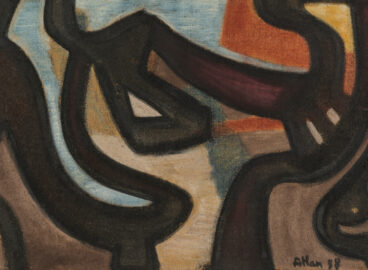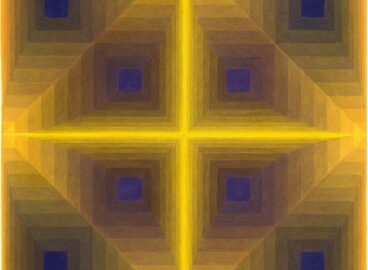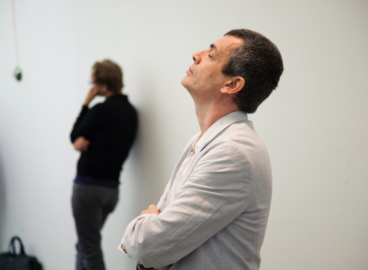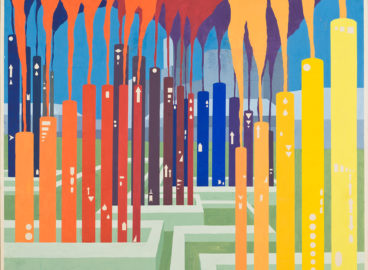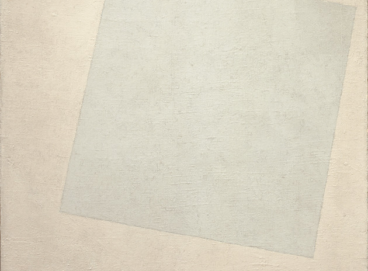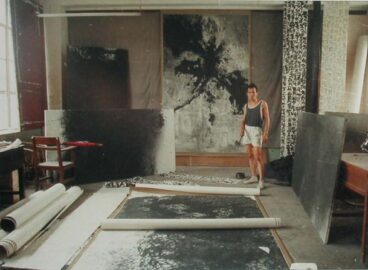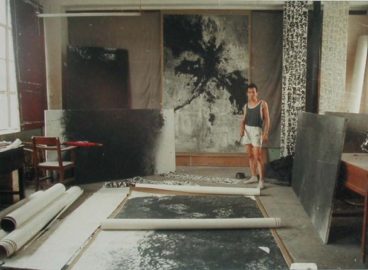Jean-Michel Atlan: An Algerian Imprint on Postwar Modernity
Jean-Michel Atlan (1913–1960)—who signed simply as Atlan in his works—is most often considered a representative of lyrical abstraction, an art movement that took root in Paris after World War II. Born in the Casbah of Constantine to a Jewish Berber family…
